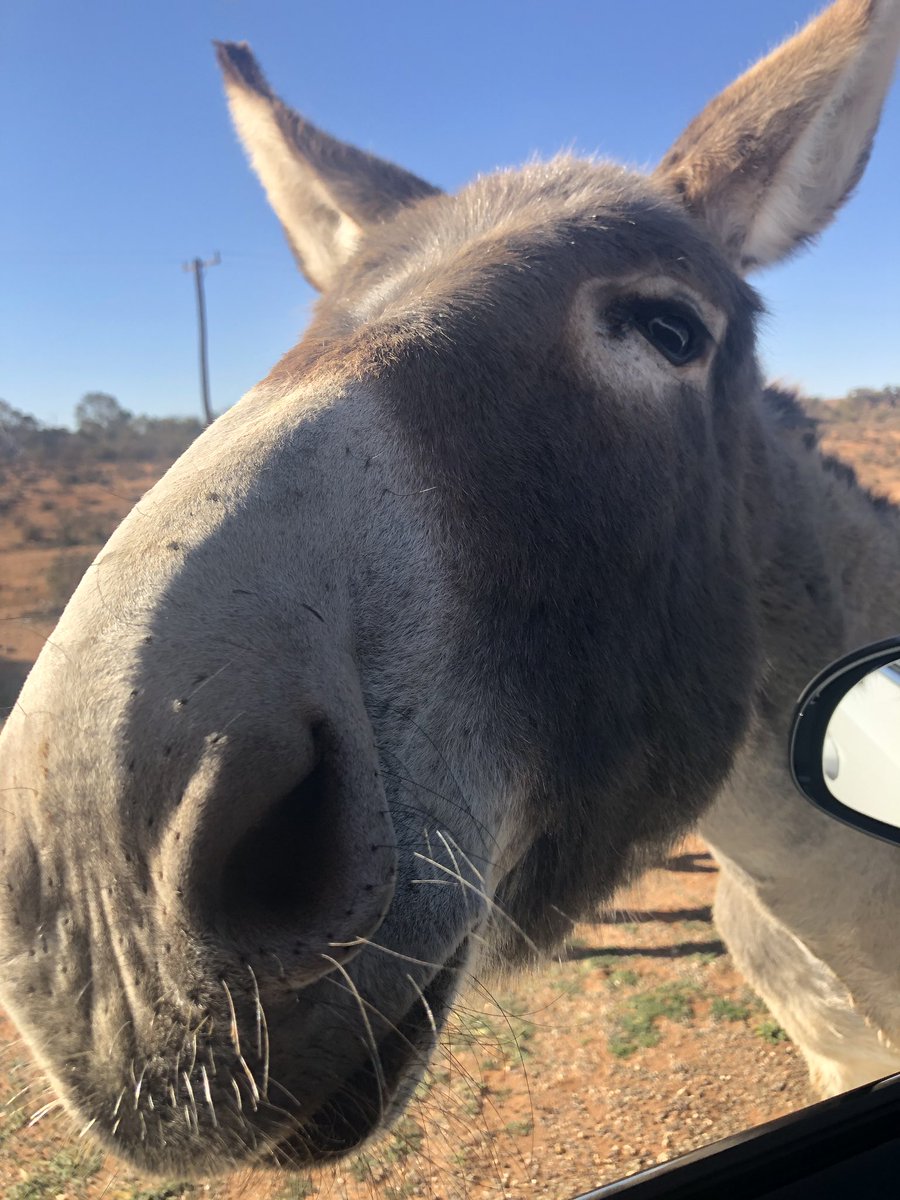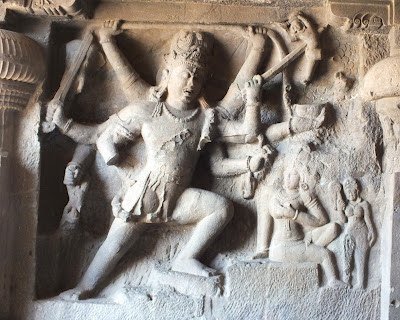Amongst my absolute favourite musicians of all time, one name that is certainly near the top is of Ustad Nusrat Fateh Ali Khan sahab. I don’t know if any such data exists, but I am pretty sure he would also be among the most widely sold international artists in India. (1/43)

https://t.co/WWoIZbu8sg
https://t.co/3Zmresb4HP
(6/43)
This is wonderful. Nusrat Ali and his dad Fateh Ali first performed on Indian soil in 1980 at my Wedding Sangeet https://t.co/JOXxWL1vMw
— Rishi Kapoor (@chintskap) August 25, 2015
Jeet: https://t.co/cMjeWFLF0i
Koyla: https://t.co/XjMNftKbAz
Rahat Fateh Ali Khan @ MTV Unplugged: https://t.co/TSUrkzwqdi
(9/43)
Interview link: https://t.co/CDqJkfgxRT (11/43)
Film piece: https://t.co/t80z9MSDOp
Live performance by Nusrat sahab (with Rahat sahab): https://t.co/5DZM2IAKnA
(13/43)
Link: https://t.co/doPPjc31xD (19/43)
Koi Jaane: https://t.co/JVgcfHB0LU
Meri Saanson Mein: https://t.co/qsNpdv6buT
(20/43)

Official upload of music video (incomplete): https://t.co/a8McWCv61t
Full video: https://t.co/cvIapnEgLl
(24/43)
Nusrat sahab performing it live with his team, including Rahat sahab: https://t.co/clhZUwoUQ1
Nusrat sahab performing it at some function, evidently in honour of the album Sangam: https://t.co/C3ugvZuFyr
(25/43)
Link: https://t.co/hQxw63gK31
(26/43)
Ad link: https://t.co/bbllf0vs6s
Song link: https://t.co/mjwPfdCjOF
(27/43)
Coke Studio version of Tu Kuja Mann Kuja (one of the very few recreations of a Nusrat sahab song that I love): https://t.co/NqGwjXKZe4
BTS video: https://t.co/Lgm2TeY3LV
(31/43)
Tanhai: https://t.co/pCLMjbjp3T
Ishq Ka Rutba: https://t.co/GZChcaHM0X
All work he did in India was done between 1995 and 1997. Both Dulhe Ka Sehra and Tanhai were recorded in 1997, but the films came out much later. (33/43)
Is Shaan-e-Karam: https://t.co/13h200Y8sW
Khali Dil: https://t.co/KVh6T9mu8M
Khali Dil (Nusrat sahab): https://t.co/3ktPPqsFPF
(41/43)
Signing off with one of my favourite Nusrat sahab songs - https://t.co/ZSskEYu47C
More from Culture
Translucent agate bowl with ornamental grooves and coffee-and-cream marbling. Found near Qift in southern Egypt. 300 - 1,000 BC. 📷 Getty Museum https://t.co/W1HfQZIG2V
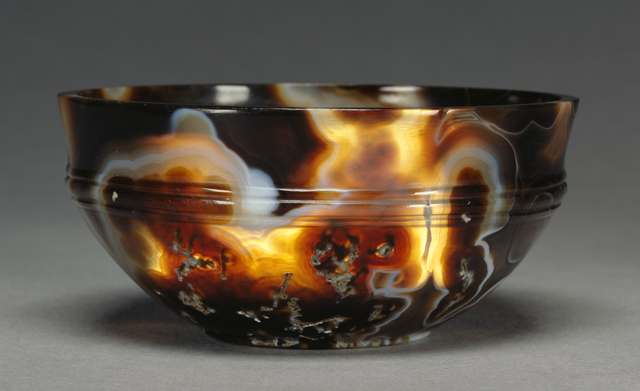
Technicolor dreambowl, found in a grave near Zadar on Croatia's Dalmatian Coast. Made by melding and winding thin bars of glass, each adulterated with different minerals to get different colors. 1st century AD. 📷 Zadar Museum of Ancient Glass https://t.co/H9VfNrXKQK
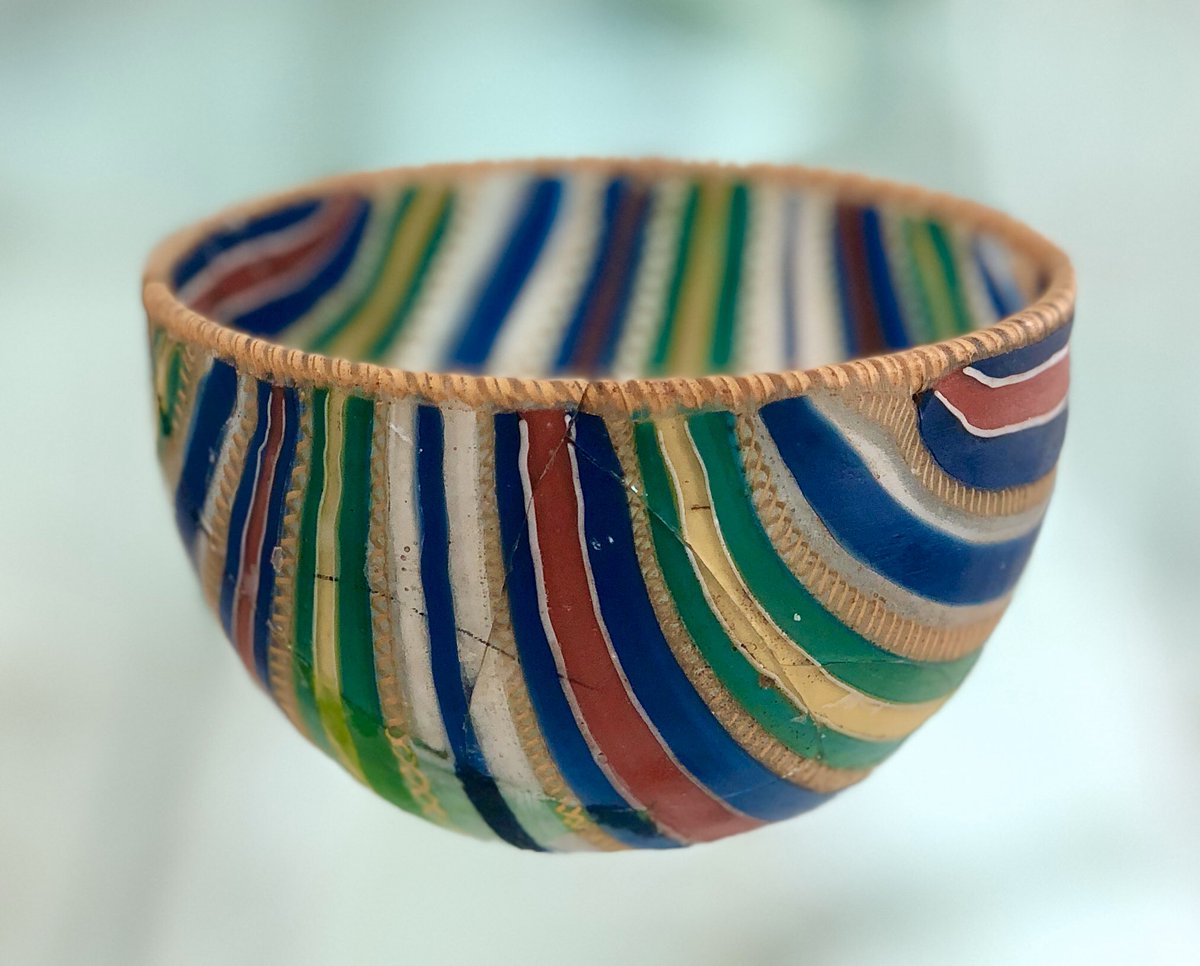
100,000-year-old abalone shells used to mix red ocher, marrow, charcoal, and water into a colorful paste. Possibly the oldest artist's palettes ever discovered. Blombos Cave, South Africa. 📷https://t.co/0fMeYlOsXG
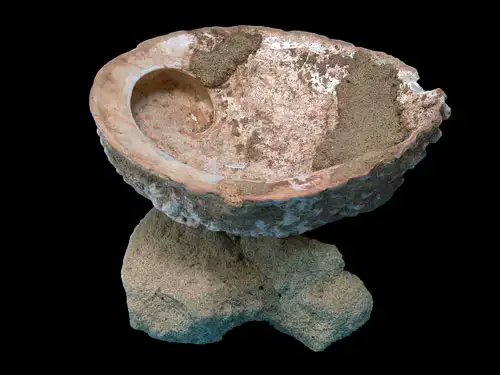
Reed basket bowl with shell and feather ornaments. Possibly from the Southern Pomo or Lake Miwok cultures. Found in Santa Barbara, CA, circa 1770. 📷 British Museum https://t.co/F4Ix0mXAu6
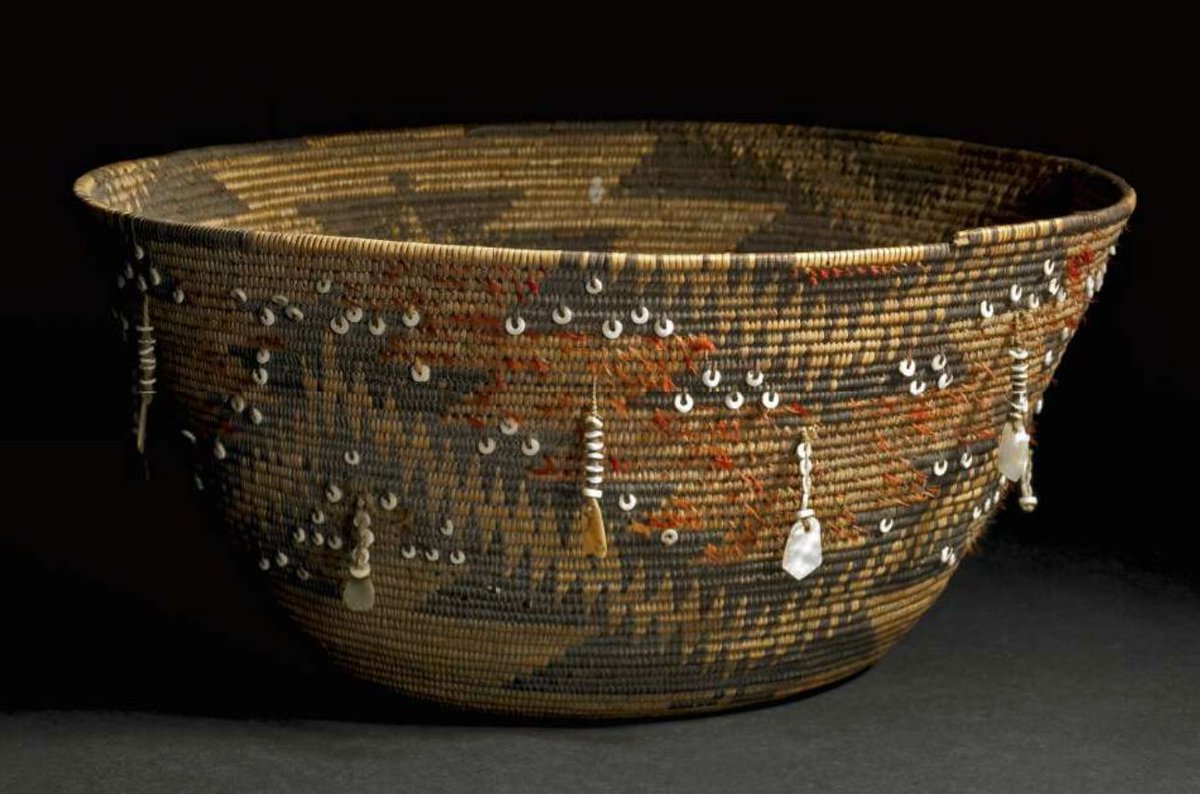
Wooden bowl with concentric circles and rounded rim, most likely made of umbrella thorn acacia (Vachellia/Acacia tortilis). Qumran. 1st Century BCE. 📷 https://t.co/XZCw67Ho03
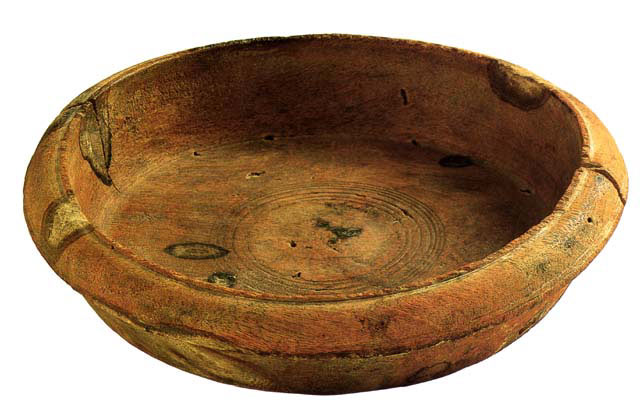
This is ridiculous. Students were asked for their views on this example and several others. The study findings and conclusions were about student responses not the substance of each case. Could\u2019ve used hypotheticals. The responses not the cases were the basis of the conclusions.
— Eric Kaufmann (@epkaufm) February 17, 2021
Here is the incident Kaufmann incorporated into his study, as told by a Cardiff professor who was there. As you can see, the incident involved the university intervening to *uphold* free speech principles:
The UK govt\u2019s paper on free speech in Unis (with implications for Wales) is getting a lot of attention.
— Richard Wyn Jones (@RWynJones) February 16, 2021
Worth noting then that an important part of the evidence-base on which it rests relates to (demonstrably false) claims about my own institution
1/https://t.co/buoGE7ocG7
Here is the first mention of the Greer at Cardiff incident in Kaufmann's report. It refers to the "concrete case" of the "no-platforming of Germaine Greer". Any reasonable reader would assume that refers to an incident of no-platforming instead of its opposite.

Here is the next mention of Greer in the report. The text asks whether the University "should have overruled protestors" and "stepped in...and guaranteed Greer the right to speak". Again the strong implication is that this did not happen and Greer was "no platformed".

The authors could easily have added a footnote at this point explaining what actually happened in Cardiff. They did not.
You May Also Like
Five billionaires share their top lessons on startups, life and entrepreneurship (1/10)
I interviewed 5 billionaires this week
— GREG ISENBERG (@gregisenberg) January 23, 2021
I asked them to share their lessons learned on startups, life and entrepreneurship:
Here's what they told me:
10 competitive advantages that will trump talent (2/10)
To outperform, you need serious competitive advantages.
— Sahil Bloom (@SahilBloom) March 20, 2021
But contrary to what you have been told, most of them don't require talent.
10 competitive advantages that you can start developing today:
Some harsh truths you probably don’t want to hear (3/10)
I\u2019ve gotten a lot of bad advice in my career and I see even more of it here on Twitter.
— Nick Huber (@sweatystartup) January 3, 2021
Time for a stiff drink and some truth you probably dont want to hear.
\U0001f447\U0001f447
10 significant lies you’re told about the world (4/10)
THREAD: 10 significant lies you're told about the world.
— Julian Shapiro (@Julian) January 9, 2021
On startups, writing, and your career:
One thing I've been noticing about responses to today's column is that many people still don't get how strong the forces behind regional divergence are, and how hard to reverse 1/ https://t.co/Ft2aH1NcQt
— Paul Krugman (@paulkrugman) November 20, 2018
See this thing that @lymanstoneky wrote:
And see this thing that I wrote:
And see this book that @JamesFallows wrote:
And see this other thing that I wrote:









